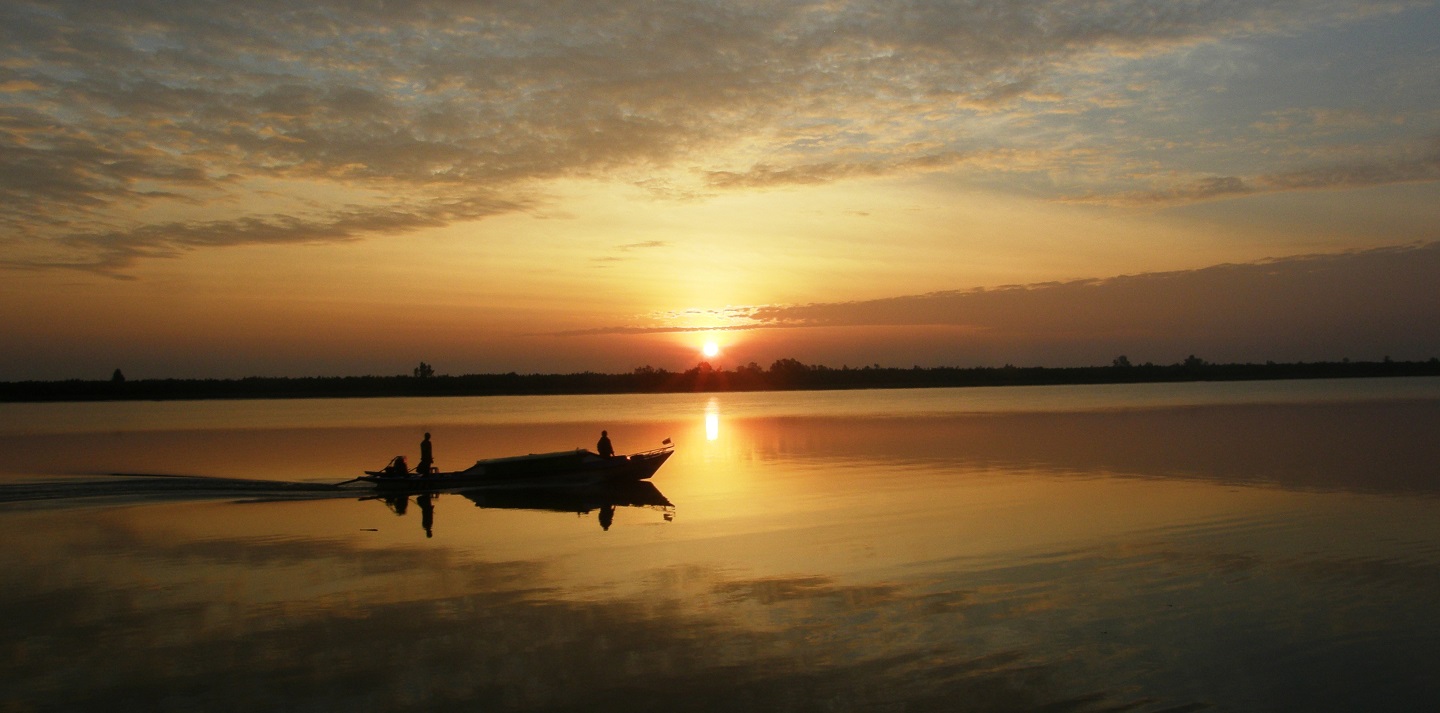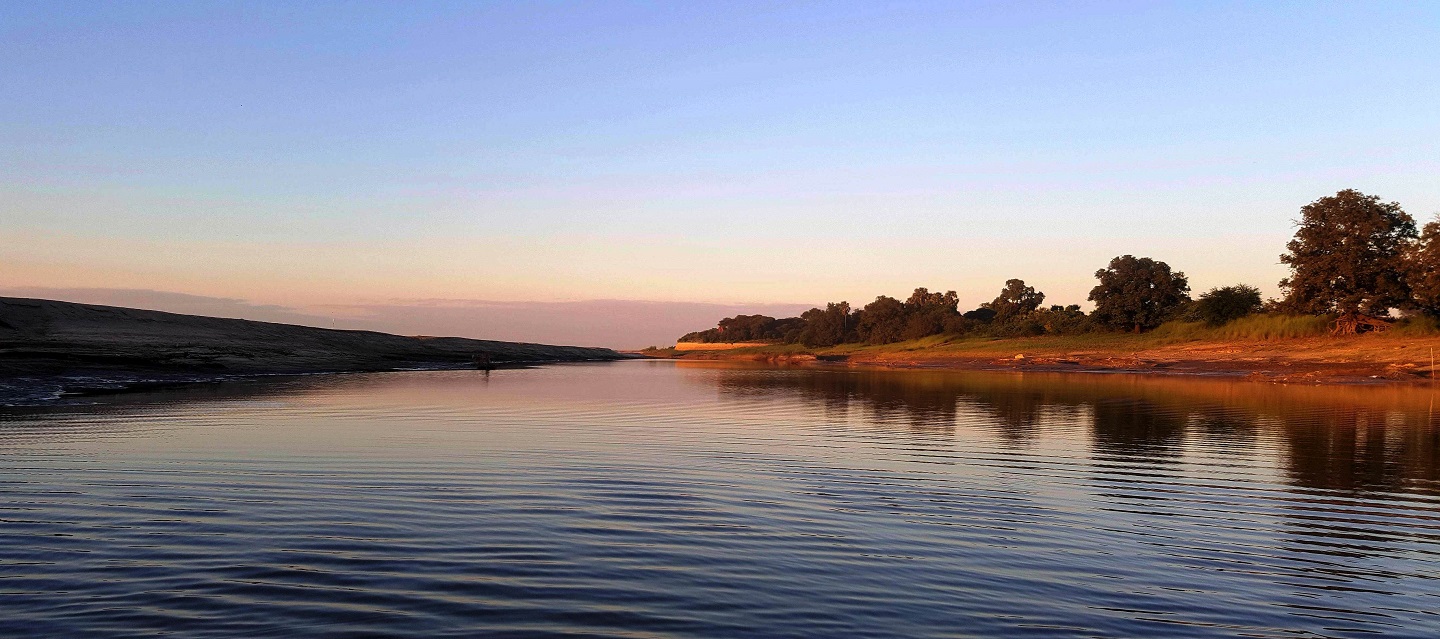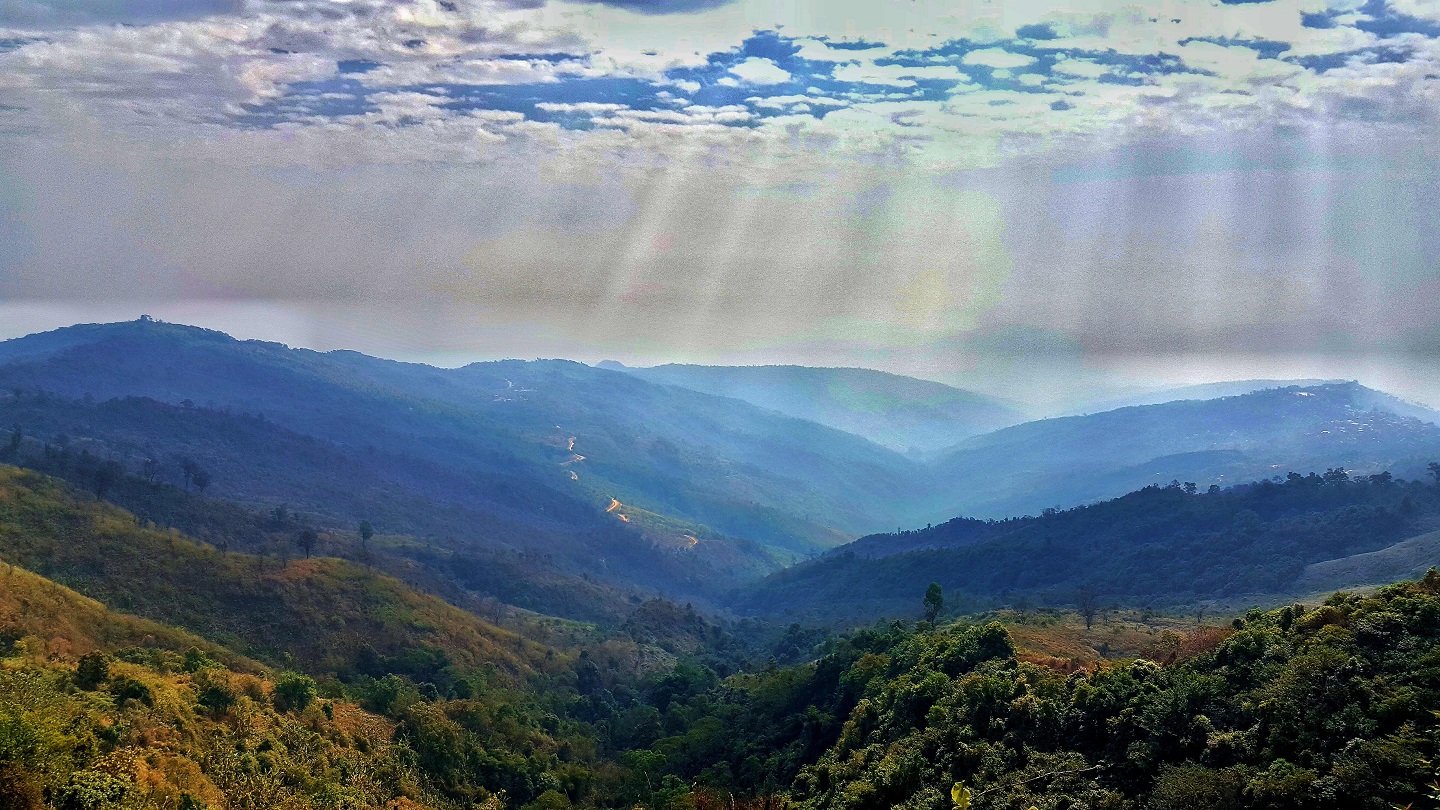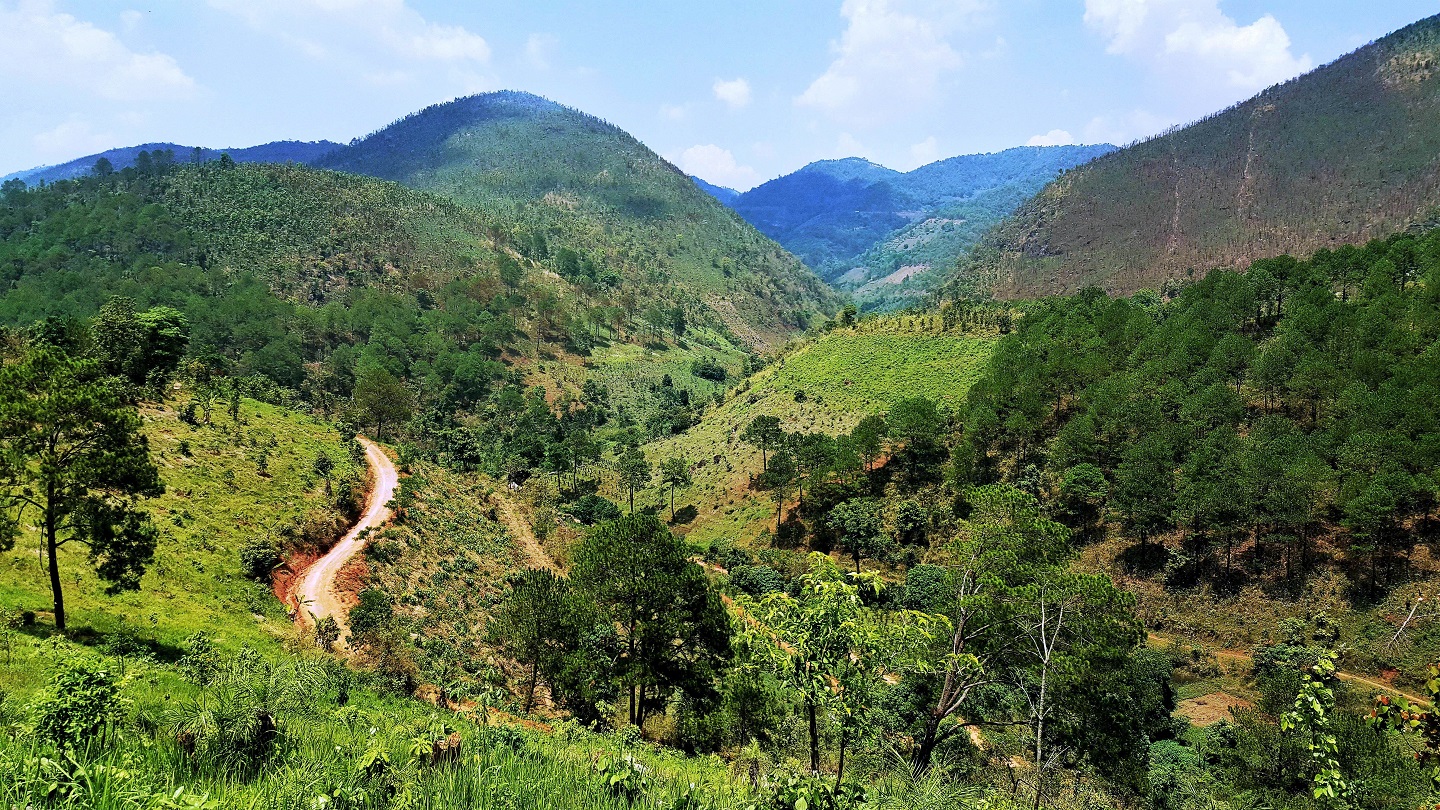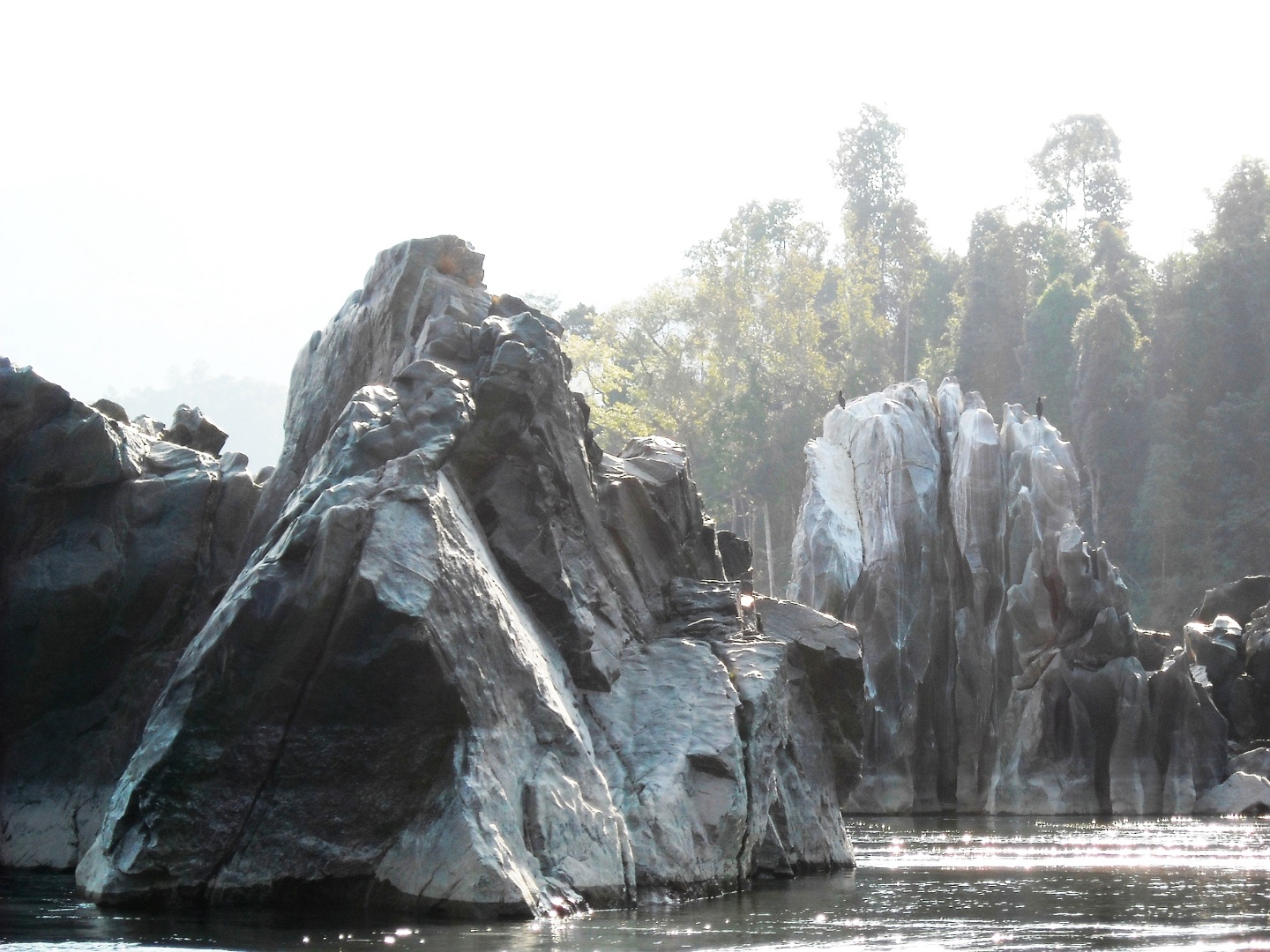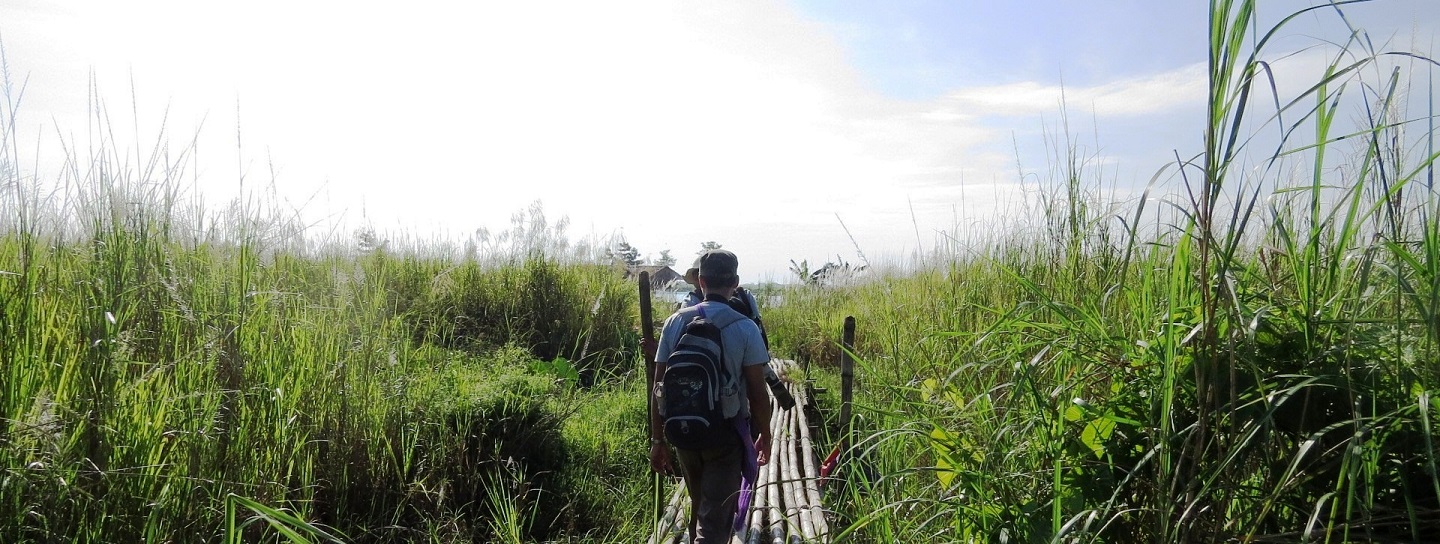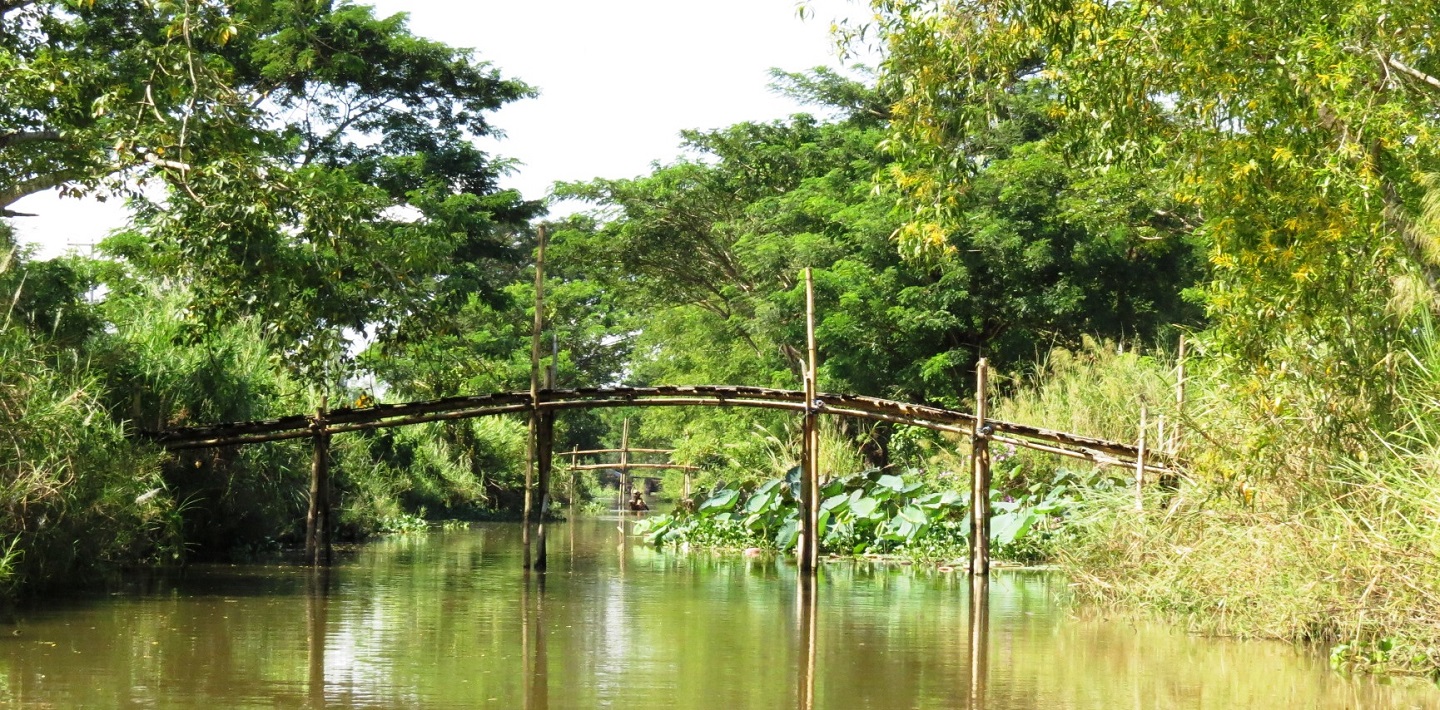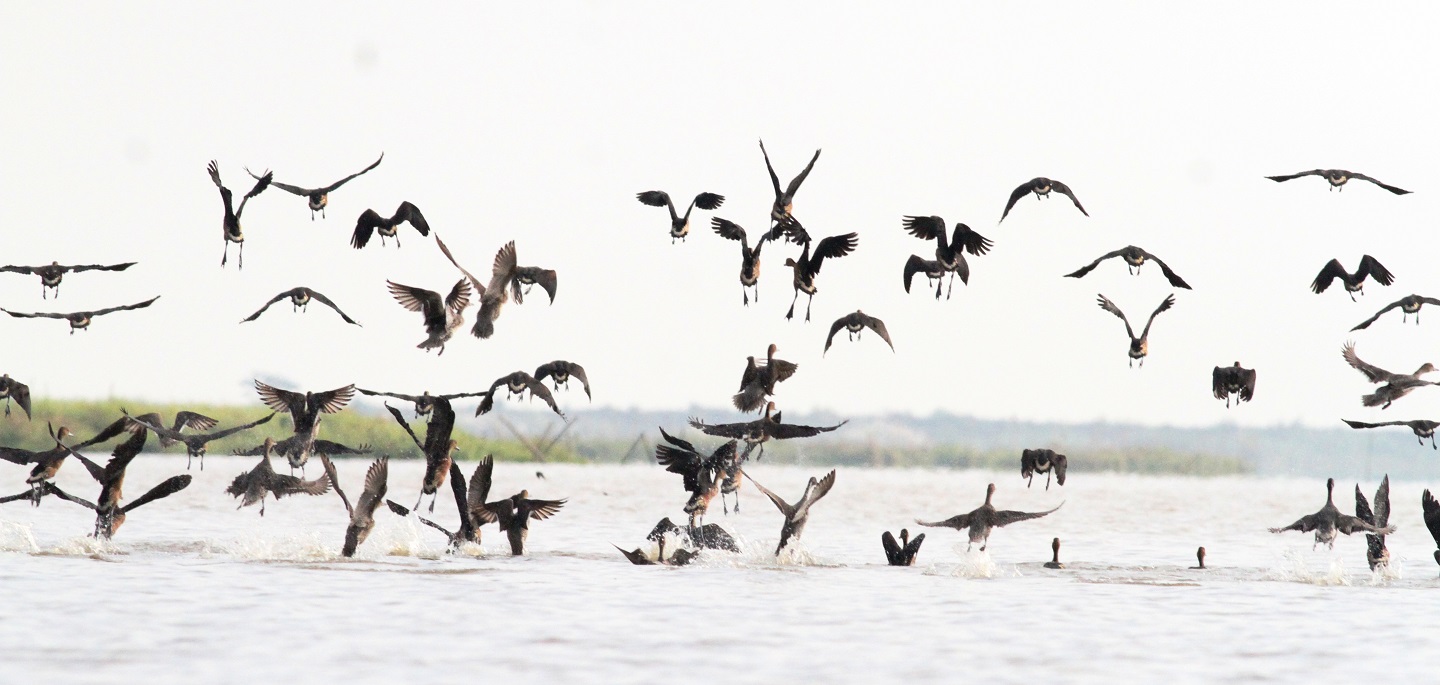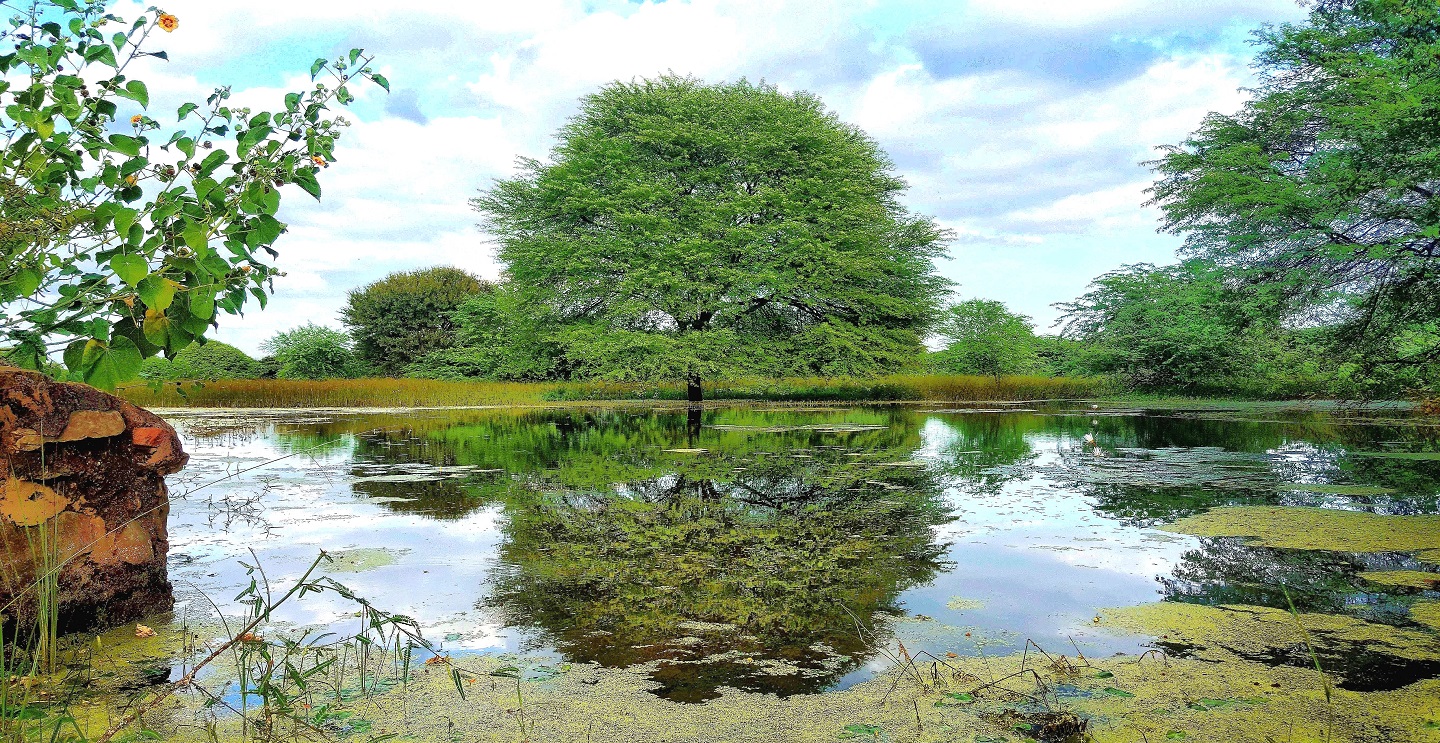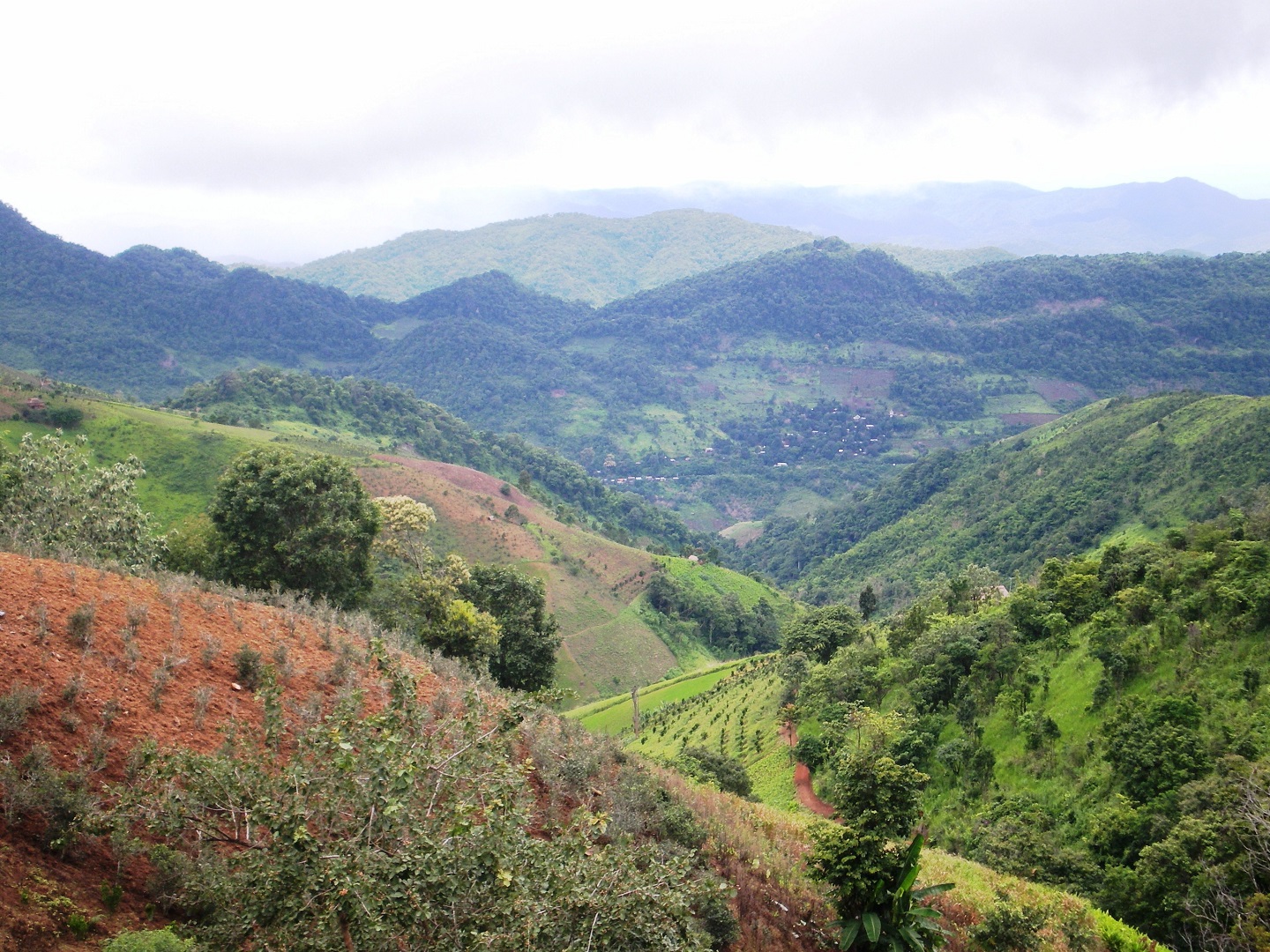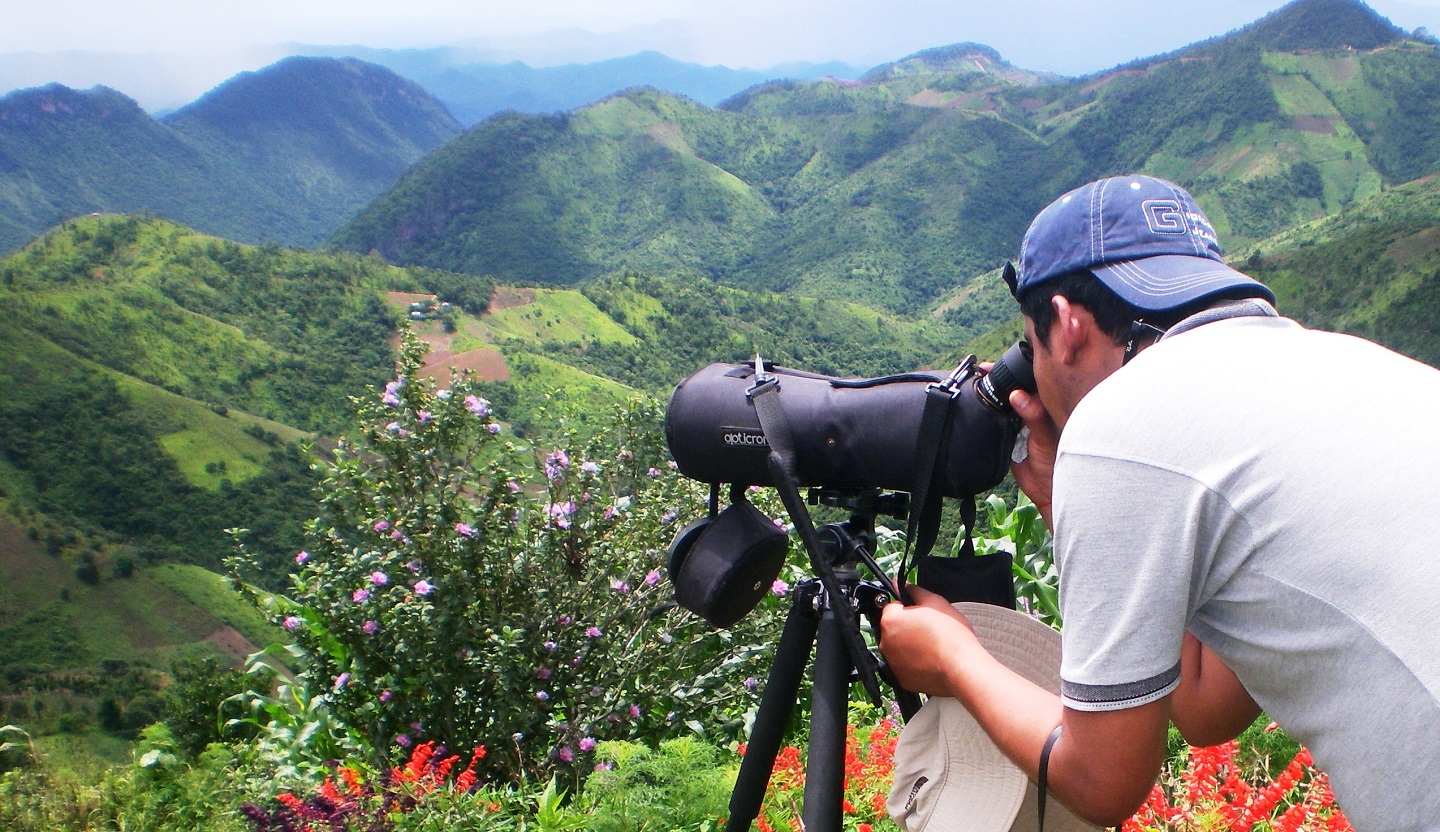Forest Ecosystems
Forests constitute the dominant ecosystem in Myanmar, with 45 per cent of the country ecologically classified as forest (FAO 2015).
Freshwater Ecosystems
Myanmar supports a diversity of freshwater ecosystems, from fast-flowing mountain streams to wide, slow-flowing lowland rivers, as well as Jakes and wetlands.lndawgyi Lake is the largest freshwater lake in Myanmar, hosting globally significant aggregations of water-birds and providing livelihoods for people who fish and grow unique varieties of rice around the Jake.
Coastal and Marine Ecosystems
Myanmar has a large marine territory. The coastline stretches from the Naf River, the dividing line between Bangladesh and Myanmar, to Kawthaung at the border with Thailand, 2,831 km to the south (see Figure 7). Along the southern coastline the Myeik Archipelago is made up of more than Boo islands.
Mangroves are found in many coastal regions, particularly near estuaries in Rakhine State, Taninthayi Region and Ayeyawady Region. Other coastal habitats include intertidal mud and sand flats, which are very important for migratory water birds, as well as sand dunes and beach forest. The Gulf of Mottama contains one of the largest intertidal mudflats in the world and is thought to be key for the survival of the critically endangered spoon-billed sandpiper.
Mountain Ecosystems
Forty-two per cent of Myanmar is mountainous and these areas form some of the most important landscapes in terms of biological, cultural, traditional and ethnic diversity and identity. Karst formations can be found in Taninthayi Region, Kayin State, Shan State, and stretching along the upper Ayeyawady River in Kachin State. Karst formations are home to species with severely restricted ranges, some of which are confined to a single cave or peak.
